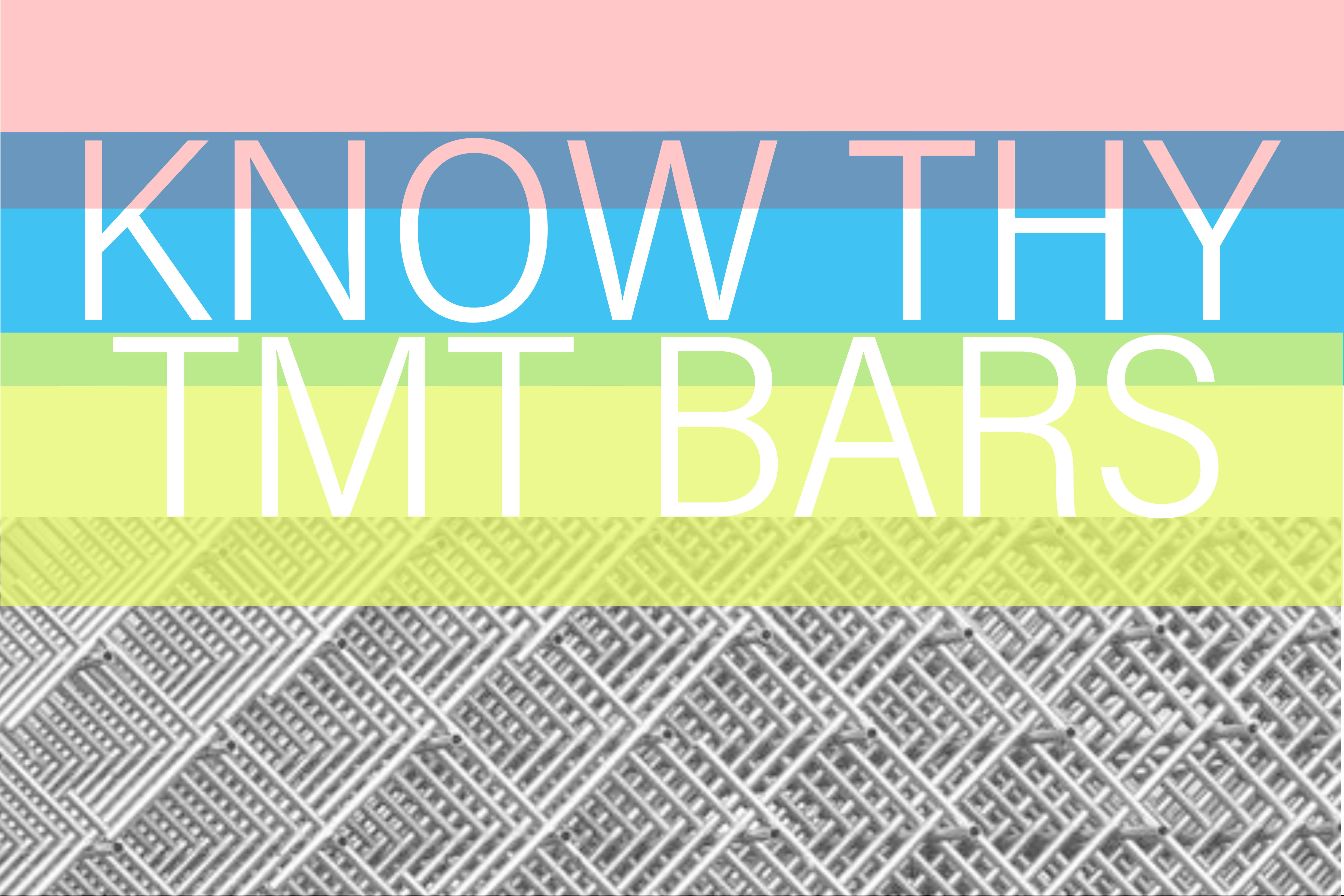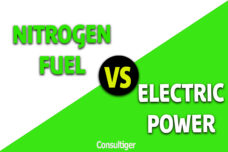Thermo Mechanically Treated bars are commonly referred to as the TMT bars. in this article, we look at the the manufacturing process of TMT bars. TMT bars go through a before they are ready to hold your customer’s building together ages – they are rolled, water quenched, heat treated and cooled!
How good the TMT bar is dependent on the input quality (raw materials), machinery quality and the process quality. The thermo-mechanical treatment of the material essentially involves three major steps of quenching, self-tempering and cooling.
What goes in?
The raw material for making the bars are (a) iron ore, (b) coal, (c) dolomite. To start with, the raw materials are firstly piled, followed by recovering & finally mixed in the desired ratio. The iron ore is treated to improve its physical and chemical properties (called beneficiation) after which the metal fines are collected to form pellets. Along with limestone, the material is dumped in the furnace where the raw material materials mix and melt one mass.
What happens next?
#01. Pretreatment is what happens immediately next. Oxygen introduced in the furnace eliminates the carbon dioxide content in the mix.
#02. Next, the steel is passed through Electric Arc Furnace – referred to as EAF. This is done for refining the steel composition.
#03. The molten steel that comes out of the EAF is transferred to a continuous casting machine. The molten steel flows into the casting ladle and then into a mould that is water-cooled. As the liquid steel cools it starts to solidify.
#04. The continuous billets that come our of the casting machine are cut to the required lengths.
Then begins, the Thermo Mechanical Treatment
#05. The hot rolled bars enter the water spray system. Here, the outer surface is cooled rapidly giving the property of ductility to the bars. What happens here is that the rapid cooling hardens the outer surface. Technically, this step is called quenching.
#6. Once the bars are ‘quenched’, the core continues to remain hot compared to the surface allowing heat to flow from the core to the surface causing the outer Martensite layer to self-temper. (Martensite: a brittle but hard solution of carbon in hardened steel)
#07. The next step is atmospheric cooling. This is done by cooling the bed to normal temperature. In this step the austenitic core — which is the non-magnetic solid solution of iron and carbon) — turns as ferrite-pearlite structure.
After this stage, we have bars with the outer layer that is very strong but a core that is very ductile that is weldable.












